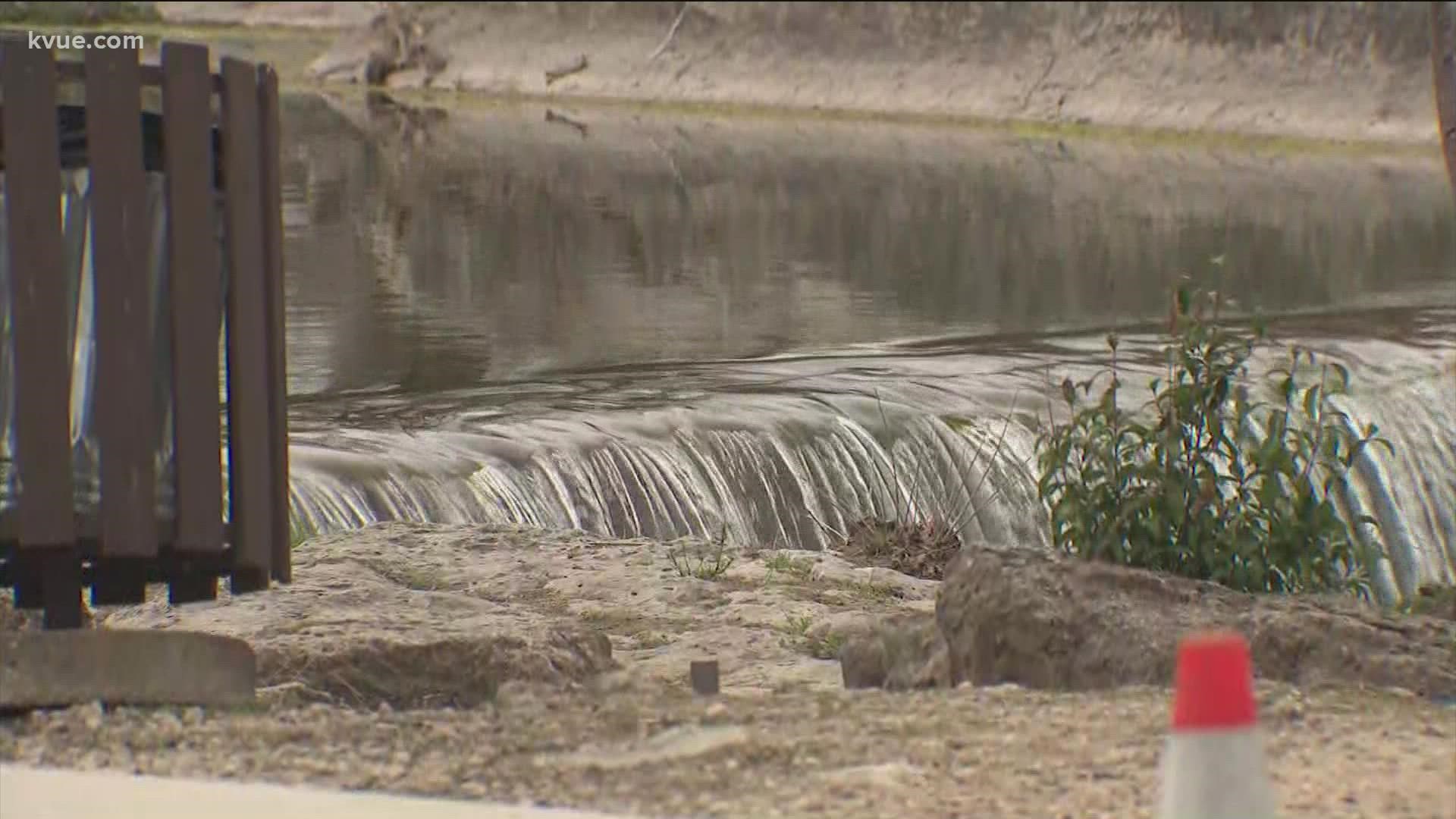ROUND ROCK, Texas — The City of Round Rock said Friday that the Brushy Creek Regional Wastewater System Treatment Plant is experiencing a "significant increase" in the amount of wastewater it is receiving.
The increase is putting the plant above its permitted wastewater discharge levels, the City said in a release. Based on ongoing sampling, the City believes the water increase is happening due to groundwater and surface water inadvertently entering the sewer system.
The issue is limited to the wastewater plant, which is jointly owned by Round Rock, Cedar Park, Austin and Leander. Public drinking water is not affected by wastewater increase, the City said.
Round Rock officials said the City is working with the Texas Commission on Environmental Quality (TCEQ) to test for other areas of non-compliance, including total suspended solids and E. coli. Pending results from those tests, the City will issue further guidance on public use of Brushy Creek immediately downstream of the plant.
“We are working diligently to reach a resolution to this matter, and our top priority right now is finding the exact location of where groundwater or surface water may be entering the system,” Utilities and Environmental Services Director Michael Thane said. “Our wastewater treatment plant operators have decades of experience working in treatment plants, and they are working around the clock through numerous challenges to reduce our impact on Brushy Creek.”
City wastewater operators first noticed an increase in the volume of wastewater entering the plant in May 2021. During peak hours, organic solids called "total suspended solids" were pushed through to Brushy Creek from the plant's clarifiers. City staff has been inspecting the water in Brushy Creek daily to ensure compliance with TCEQ standards. TCEQ officials have also visited to plant several times to ensure compliance, the City said.
The City said it had previously stayed within acceptable discharge permit levels, but that the plant's intake levels dramatically increased in the last week.
Round Rock city officials said they are taking the following actions to find the problem and create more capacity to handle the wastewater:
- Inspect the underground regional wastewater infrastructure to identify the significant source of inflow and infiltration by viewing the lines with a specialized camera.
- Contracting with a third-party company to mobilize on Monday to inspect wastewater line segments within the larger, 42-inch interceptor along Hairy Man Road and Brushy Creek Road. This segment showed discrepancies in ammonia content during the City’s sampling – a possible sign of significant water infiltration.
- Working with partner cities to conduct inspections of their collection systems.
- Temporarily bringing an additional older plant back online to divert 1.7 MGD of wastewater from the main regional plant to enhance treatment capacity.
- Along with its partner cities, continuing a planned expansion that is currently under construction, which will increase the treatment plant capacity to 30 MGD. The plant expansion will be completed in summer 2023; however, new infrastructure will come online in the next six months to provide more plant capacity.
PEOPLE ARE ALSO READING:

